| Published in Attractions / Places of Interest |
Su Nuraxi, Barumini, Sardinia, Italy
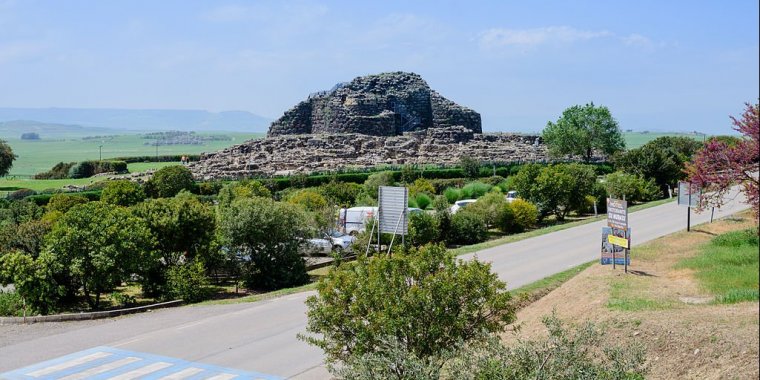
Su Nuraxi in Barumini, Sardinia, Italy. ![]()
Su Nuraxi is a settlement consisting of a seventeenth century BCE Nuraghe, a bastion of four corner towers plus a central one, and a village inhabited from the thirteenth to the sixth century BCE, developed around the Nuraghe. They are considered by scholars the most impressive expression of the Nuragic civilization.
The oldest part of the Nuraghe consists of a central tower with three superposed chambers (18.6m high). It was built in blocks of basalt between the seventeenth and thirteenth centuries BCE. Later, during the Late Bronze Age, four towers joined by a curtain wall with an upper balcony (no longer extant) were built around the central tower, all communicating with an inner courtyard served by a well. During the Iron Age, the complex was surrounded by a curtain wall with seven lobes (heptalobate).
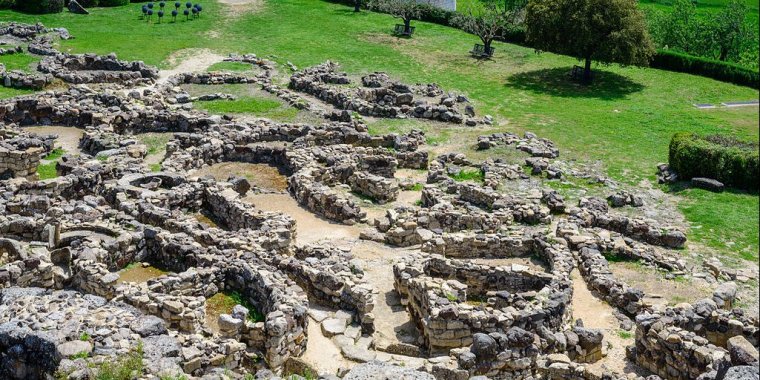
View of the village from the central tower. ![]()
A village, intended to accommodate the surrounding population, was built around the Nuraghe in the Late Bronze Age. The many phases of life in the village render it impossible to establish the number of huts in one phase, the number of huts varied from forty to two hundreds, so the population ranged from 100 to 1000 inhabitants and the settlement was built on a circular plan with large boulders covered with dry stone walls and conical roofs made of wood and branches.
Though the huts were structured in a single unit in more remote periods, there was a later, more prevalent tendency to subdivide housing into individual units. Of the huts found, the most significant appear to have been reserved for meetings of the local leaders.
These huts were larger and more complex in structure, and the hut reserved for the inhabitants' meetings contained symbols of the deities worshiped by locals. Other rooms have been identified as workshops, kitchens, and agricultural processing centres. During the 9-8th century bc a sewerage system was built along with a paved square and streets.
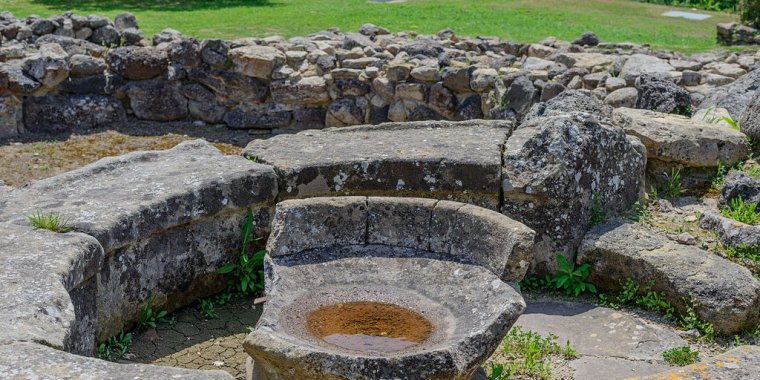
Su Nuraxi - inside a round village hut. ![]()
During the sixth century BCE, the buildings were destroyed and subsequently restored by Carthage before being occupied by the Romans. They were eventually completely abandoned.
The nuraghe and the village were strategically connected to the system of other Nuraghes, such as the polylobate nuraghe found beneath the fifteenth-century Palazzo Zapata in the village of Barumini.
Source
• www.wikipedia.org
YOU MAY ALSO LIKE
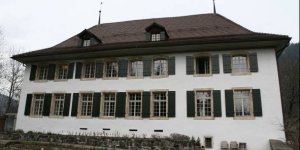

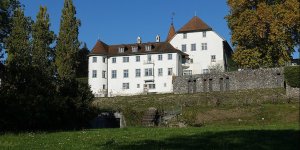



 If you own or manage a travel-related business such as a hotel, a bed-and-breakfast, a restaurant, a pub or a cafeteria, you can create a web page for your business for free on Titi Tudorancea Travel Info. » |